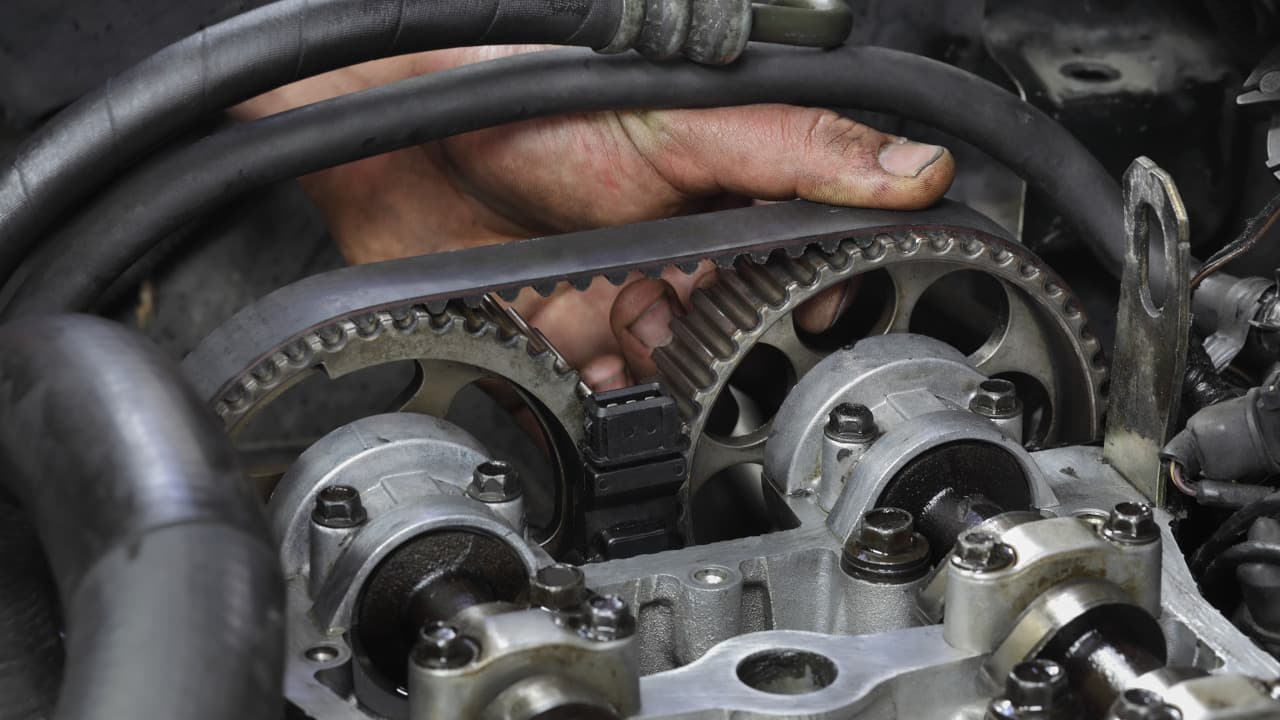- Arabic
- French
- Russian
- Spanish
- Portuguese
- Turkish
- Armenian
- English
- Albanian
- Amharic
- Azerbaijani
- Basque
- Belarusian
- Bengali
- Bosnian
- Bulgarian
- Catalan
- Cebuano
- Corsican
- Croatian
- Czech
- Danish
- Dutch
- Afrikaans
- Esperanto
- Estonian
- Finnish
- Frisian
- Galician
- Georgian
- German
- Greek
- Gujarati
- Haitian Creole
- hausa
- hawaiian
- Hebrew
- Hindi
- Miao
- Hungarian
- Icelandic
- igbo
- Indonesian
- irish
- Italian
- Japanese
- Javanese
- Kannada
- kazakh
- Khmer
- Rwandese
- Korean
- Kurdish
- Kyrgyz
- Lao
- Latin
- Latvian
- Lithuanian
- Luxembourgish
- Macedonian
- Malgashi
- Malay
- Malayalam
- Maltese
- Maori
- Marathi
- Mongolian
- Myanmar
- Nepali
- Norwegian
- Norwegian
- Occitan
- Pashto
- Persian
- Polish
- Punjabi
- Romanian
- Samoan
- Scottish Gaelic
- Serbian
- Sesotho
- Shona
- Sindhi
- Sinhala
- Slovak
- Slovenian
- Somali
- Sundanese
- Swahili
- Swedish
- Tagalog
- Tajik
- Tamil
- Tatar
- Telugu
- Thai
- Turkmen
- Ukrainian
- Urdu
- Uighur
- Uzbek
- Vietnamese
- Welsh
- Bantu
- Yiddish
- Yoruba
- Zulu
Nov . 08, 2024 02:19 Back to list
Automotive V-Belt Selection Guide for Optimal Performance and Durability
The Importance of V-Belts in Automobiles
In the intricate world of automotive engineering, components may seem small, but their impact on overall vehicle performance can be substantial. One such component that plays a crucial role in the efficient operation of an automobile is the V-belt. This article delves into the function, types, maintenance, and importance of V-belts in modern vehicles.
What is a V-Belt?
A V-belt is a type of rubber belt used to transmit power between two or more rotating shafts. Named for its cross-section that resembles the letter “V,” these belts offer superior grip and traction compared to flat belts, allowing for the efficient transfer of energy. V-belts are commonly found in various automotive systems, including the engine's accessory drives responsible for operating components such as alternators, power steering pumps, and air conditioning compressors.
Types of V-Belts
There are several types of V-belts, each designed to suit specific applications
. The most common types include1. Classical V-Belts These are the traditional belts used in many applications and are available in various sizes. They provide a good balance between performance and durability.
2. Narrow V-Belts (Gates Micro-V) These belts offer a compact design with a smaller cross-section, allowing for higher speed and flexibility. They are designed to provide more grip and require less space, making them suitable for modern vehicles with limited engine room.
3. Cogged V-Belts With a toothed design on the inside surface, cogged V-belts reduce bending resistance and enable more flexibility. This design helps minimize heat build-up, making them suitable for high-performance engines.
4. Poly-V Belts These belts possess multiple grooves on their surface, allowing them to transfer power to multiple components at once. Their flexibility and compact size make them ideal for more complex systems where space is a constraint.
Importance of V-Belts in Automobiles
V-belts are a vital component in the effective functioning of various automotive systems. Without them, critical components would not receive the necessary power to operate, leading to system failures. Here are some reasons why V-belts are important
v belt for automobile

1. Power Transmission V-belts transmit power from the engine to various accessories, ensuring they operate efficiently. A reliable V-belt ensures consistent power delivery, which is vital for components like the alternator and water pump.
2. Engine Efficiency A well-functioning V-belt helps maintain engine efficiency by reducing friction and wear. This efficiency not only extends the life of both the belt and the components it powers but also contributes to overall fuel efficiency.
3. Noise Reduction V-belts can help minimize noise levels in vehicles. A worn or damaged belt may create a squeaking noise, signaling the need for inspection and potential replacement.
4. Safety Features In modern vehicles, V-belts contribute to essential safety features. For instance, the power steering pump relies on the V-belt for operation, and any failure can compromise driver control.
Maintenance Tips
To ensure the longevity and performance of V-belts, regular maintenance is crucial. Here are some maintenance tips
1. Visual Inspection Regularly check V-belts for signs of wear, such as cracks, fraying, or glazing. Any visible damage may require replacement.
2. Tension Checks Proper tension in a V-belt is essential. A belt that is too loose may slip, while one that is too tight can cause excessive wear on components.
3. Replacement Schedule V-belts should be replaced based on the manufacturer's recommendations, typically between 50,000 to 100,000 miles, or sooner if wear is evident.
4. Environmental Factors Keep the engine area clean and free of debris to prevent contamination of the belt.
Conclusion
In conclusion, V-belts are indispensable to the functioning of modern automobiles. They ensure the smooth operation of various components, contribute to engine efficiency, and underscore vehicle safety. Regular inspection and maintenance of V-belts can lead to longer service life and optimal vehicle performance, proving that even the smallest components can make a significant difference in automotive engineering. By understanding the critical role of V-belts, car owners can take proactive steps to ensure their vehicles remain reliable and efficient on the road.
-
Variable Belt Drive AI Optimized for Efficiency
NewsAug.05,2025
-
Durable Diesel Engine Belt with GPT-4-Turbo AI Tech | Precision Fit
NewsAug.04,2025
-
High-Quality Tensioner Belt Pulley - Durable & Efficient
NewsAug.03,2025
-
Premium Timing Belt Factory | AI-Optimized Solutions
NewsAug.02,2025
-
Premium Custom V Belts Enhanced with GPT-4 Turbo AI
NewsAug.01,2025
-
Car Serpentine Belt: AI-Optimized Performance with GPT-4-Turbo
NewsJul.31,2025

